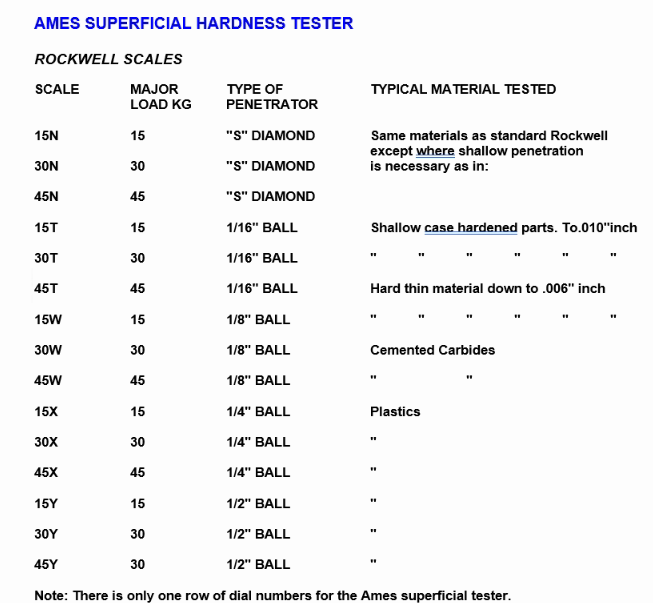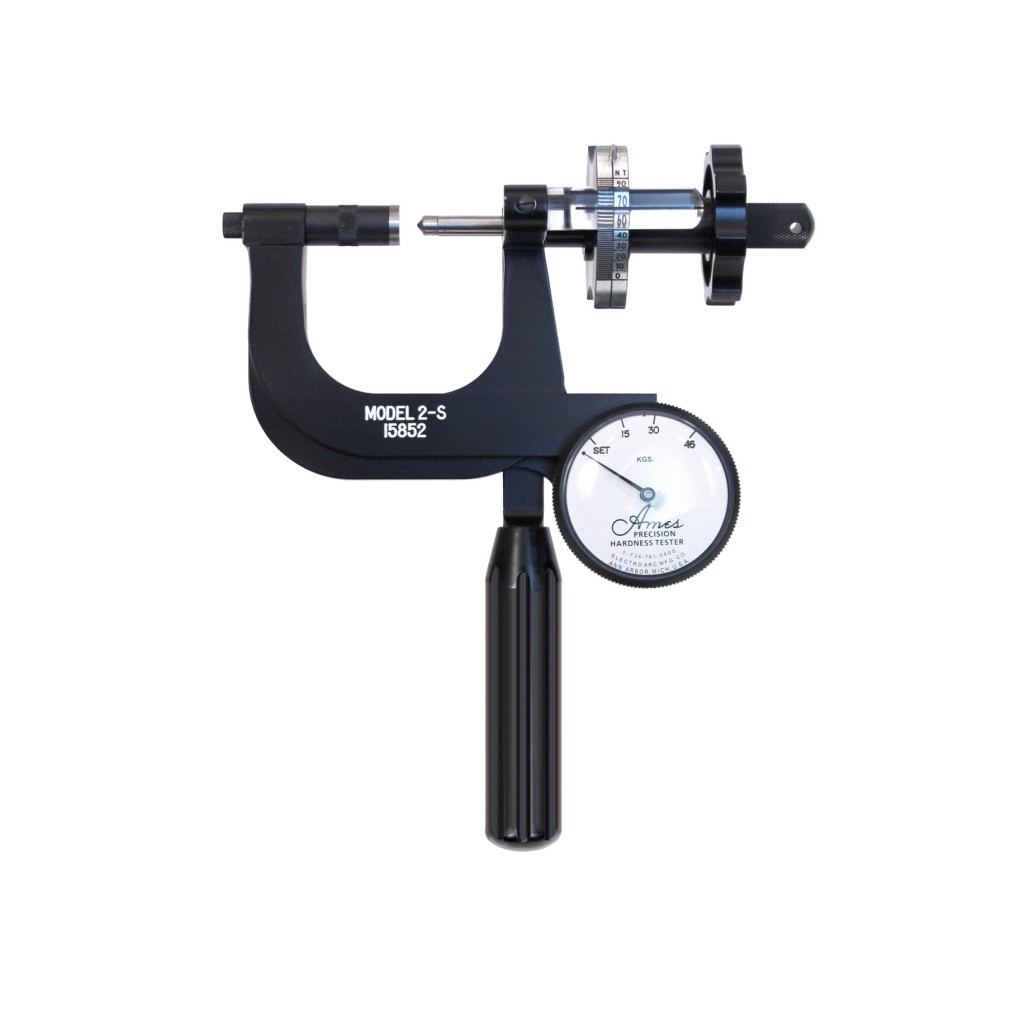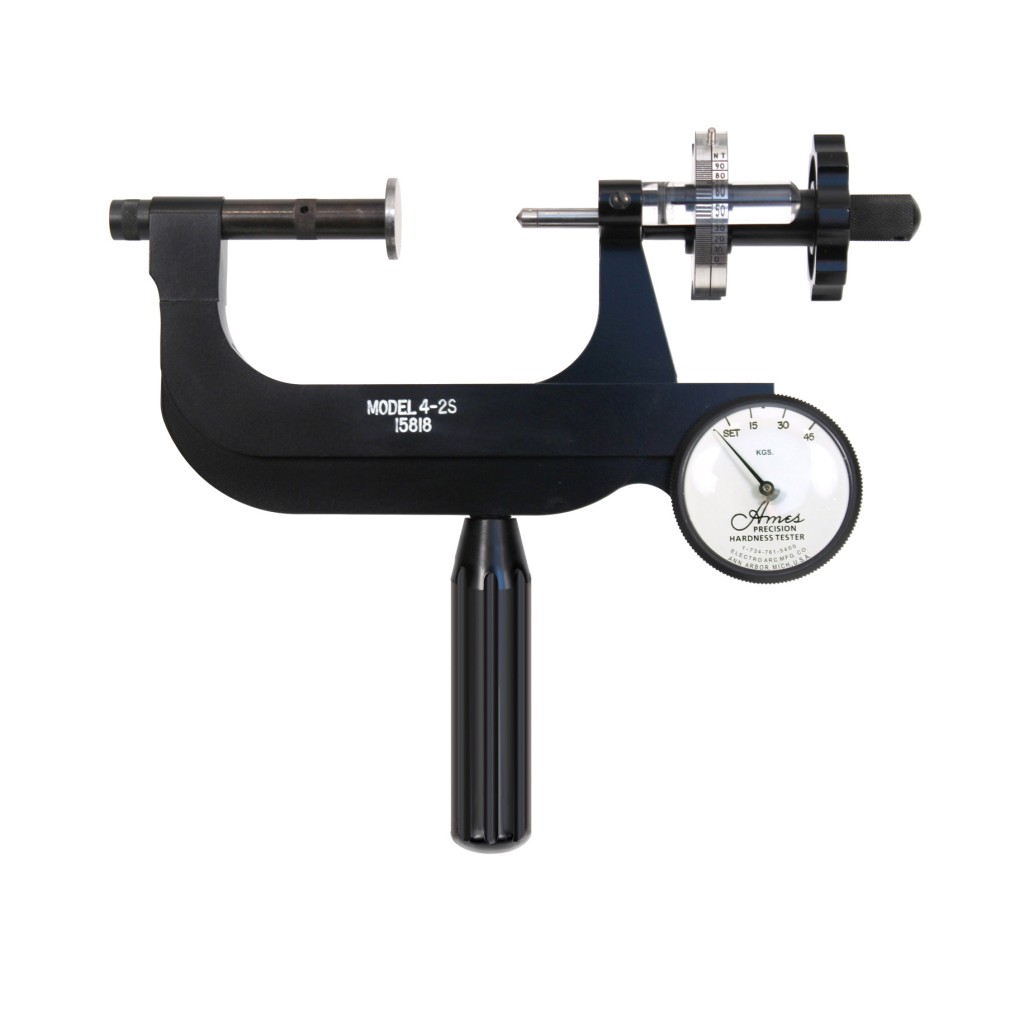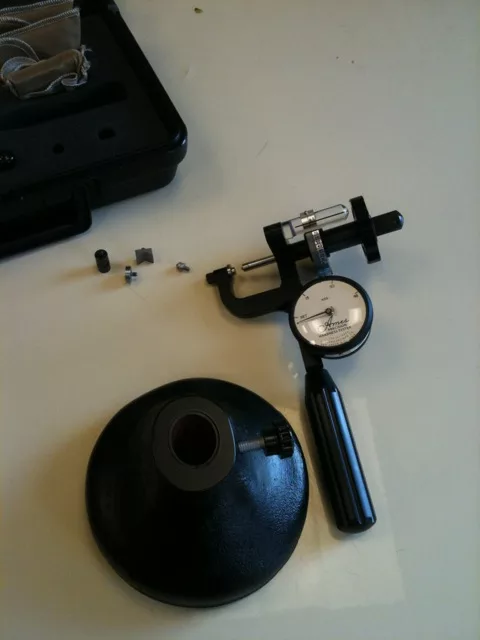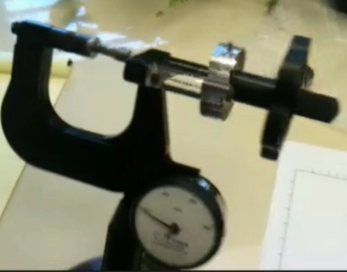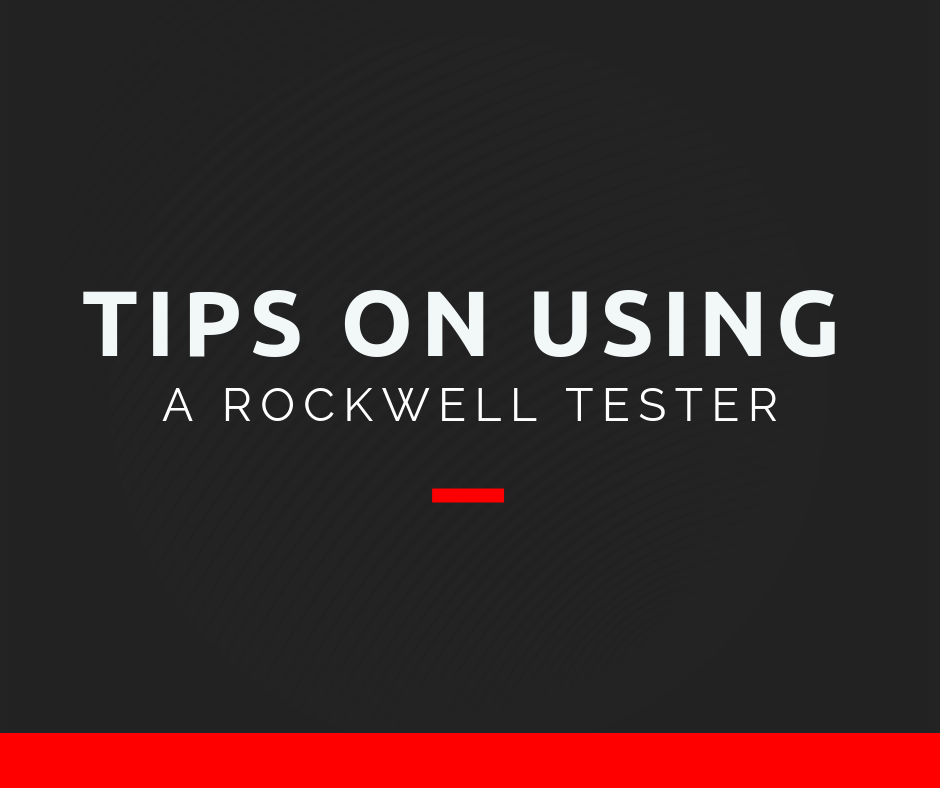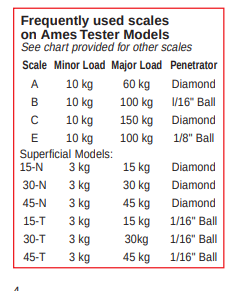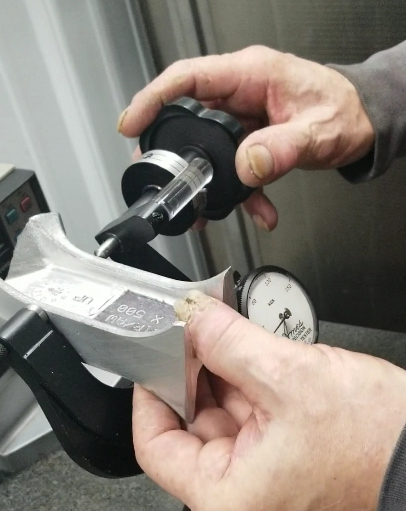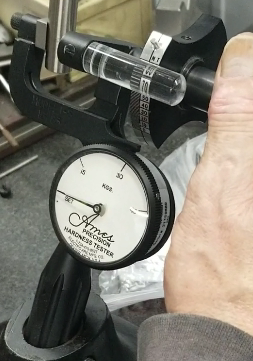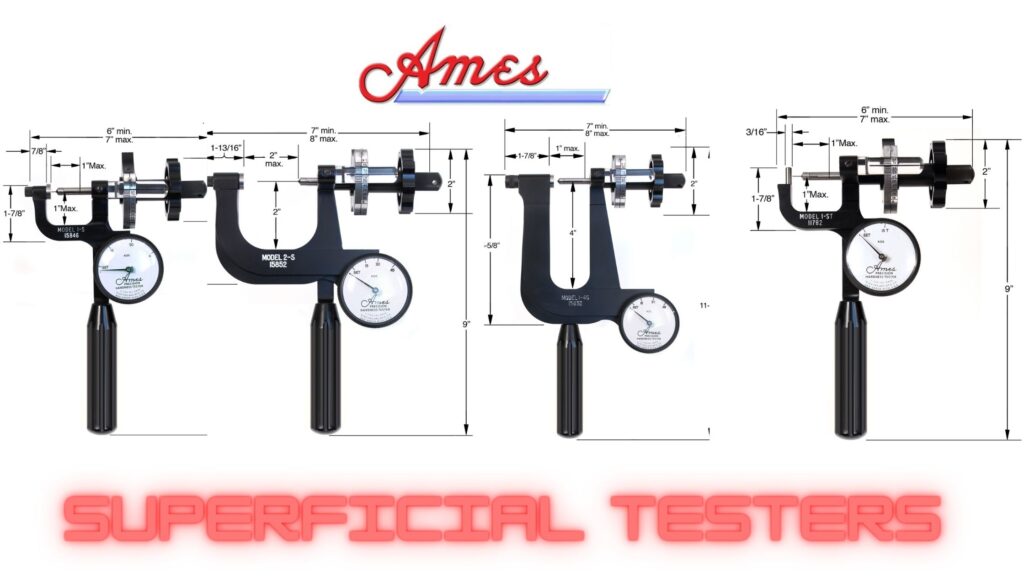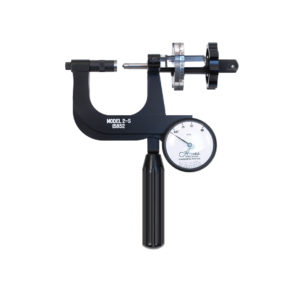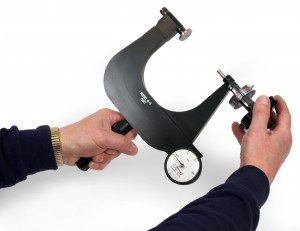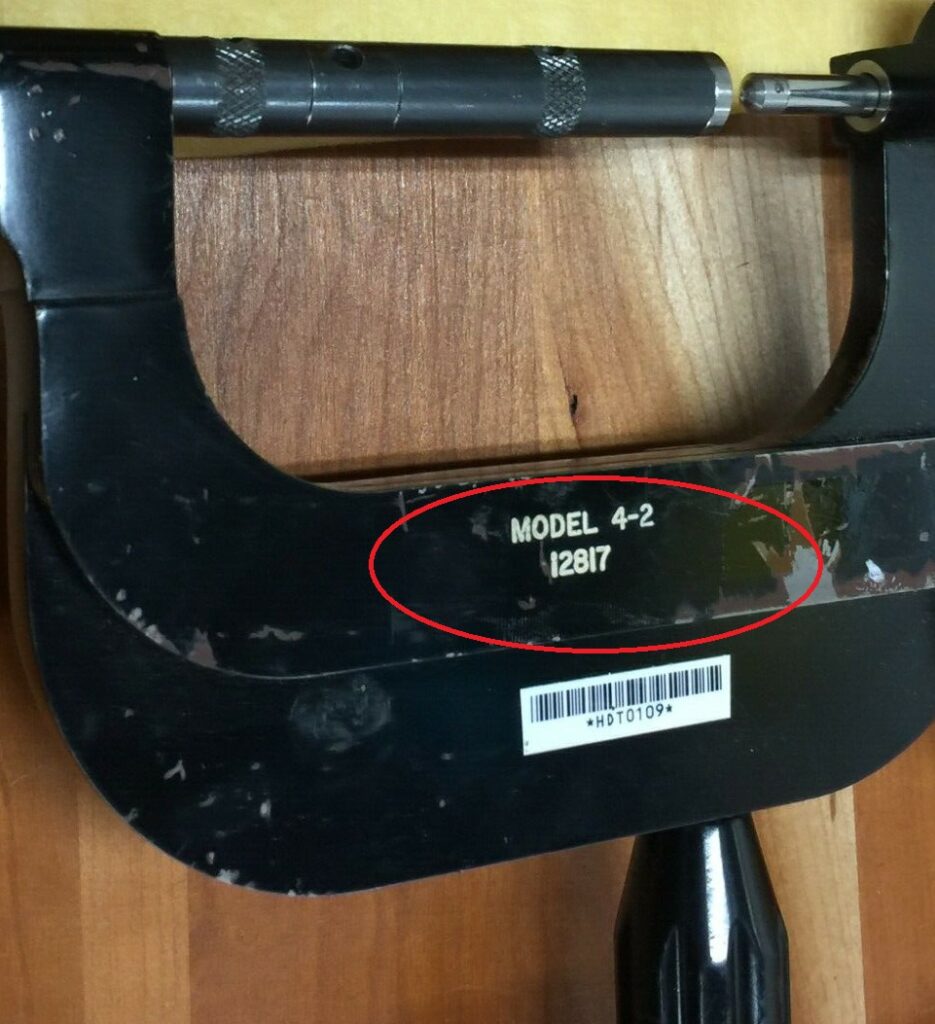Which Hardness Test is Most Widely Used?
The Rockwell hardness test is one of the most widely used hardness tests in the United States. This is because it is relatively simple to perform, provides a quick and accurate measurement of hardness, and can be used to measure the hardness of a wide variety of materials, including metals, plastics, and ceramics. The Rockwell hardness test is also standardized by ASTM International, which provides guidelines for performing the test and interpreting the results.
The accuracy of portable hardness testers depends on several factors, such as the tester you are using, the material you are testing, the condition of the surface, and your skill and experience. In general, portable hardness testers provide accurate measurements, Ames Testers’ results are in the range of ±/-1 of the actual hardness value.

Some of the most commonly used portable hardness testers include the Leeb rebound hardness tester, the ultrasonic contact impedance (UCI) tester, and the portable Rockwell tester. These testers are designed to provide quick and non-destructive measurements of hardness, making them ideal for field use and on-site testing. Portable hardness testers can provide quick and repeatable hardness test results, making them suitable for many applications. Brinell and Vickers are also commonly used in the US, particularly in laboratory settings. However, the Rockwell test is generally considered more practical and versatile for industrial and field use due to its simplicity and ease of use.
Your choice of hardness testing method will vary depending on your specific industry or application. For example, you may prefer the Knoop hardness test for measuring the hardness of thin coatings or surface layers, while the Shore hardness test is commonly used if you are in the plastics and rubber industries. It’s important to note that portable hardness testers may not be as accurate as laboratory-based testers, such as the Brinell or Vickers hardness testers. These laboratory-based testers typically provide more precise measurements, but they are also more time-consuming and require more preparation and equipment.
The Brinell and Rockwell hardness tests are both widely used and accepted methods for measuring the hardness of materials. Each test has its own advantages and limitations, and the choice of test method depends on the specific application and the type of material being tested.
The Brinell hardness test is generally considered better for measuring the hardness of materials that have a coarse or inhomogeneous microstructure, such as cast metals, because it uses a relatively large indentation and a lower test load, resulting in a larger and more representative sample area. The Brinell test also has a wider range of test loads available, allowing for the measurement of a broader range of hardness values.
On the other hand, the Rockwell hardness test is often preferred for materials with a fine or homogeneous microstructure, such as steel, because it uses a smaller indentation and a higher test load, resulting in a smaller and more precise sample area. The Rockwell test is also faster and easier to perform than the Brinell test, making it more practical for industrial and field use.
Ultimately, the choice between the Brinell and Rockwell tests depends on the specific application and the type of material being tested. In many cases, both tests may be used in conjunction with each other to provide a more comprehensive analysis of the material’s hardness and properties.
